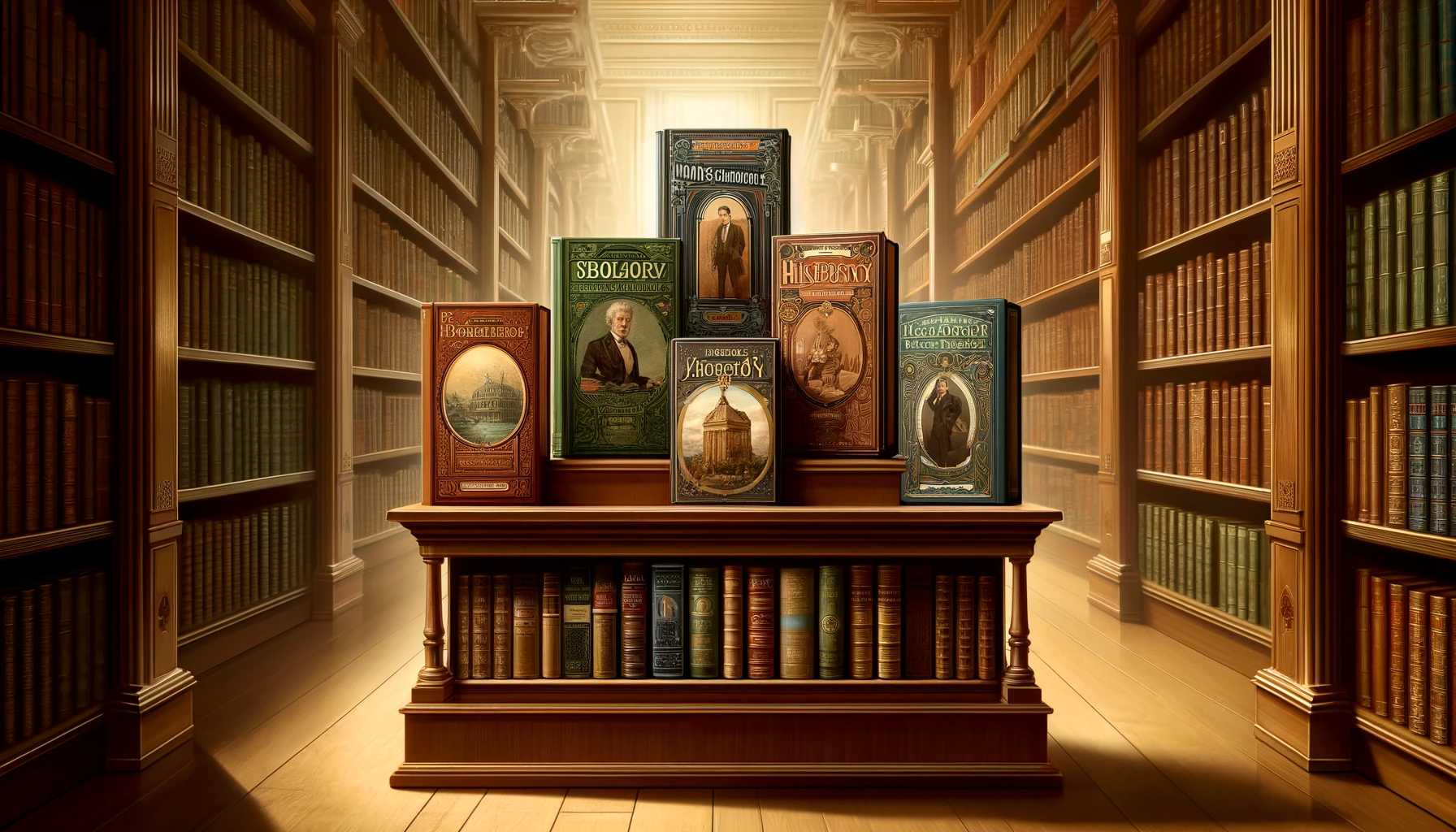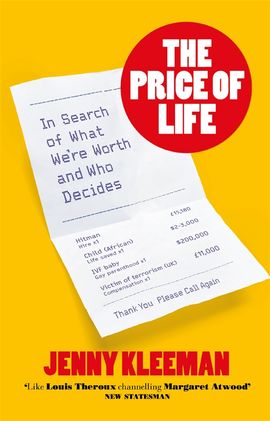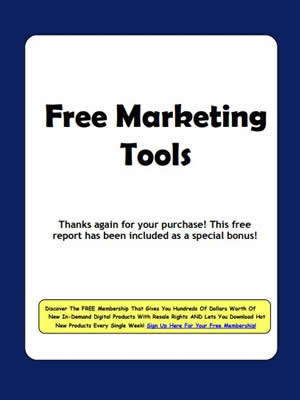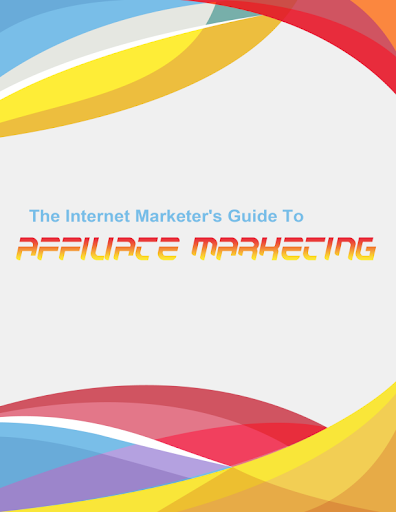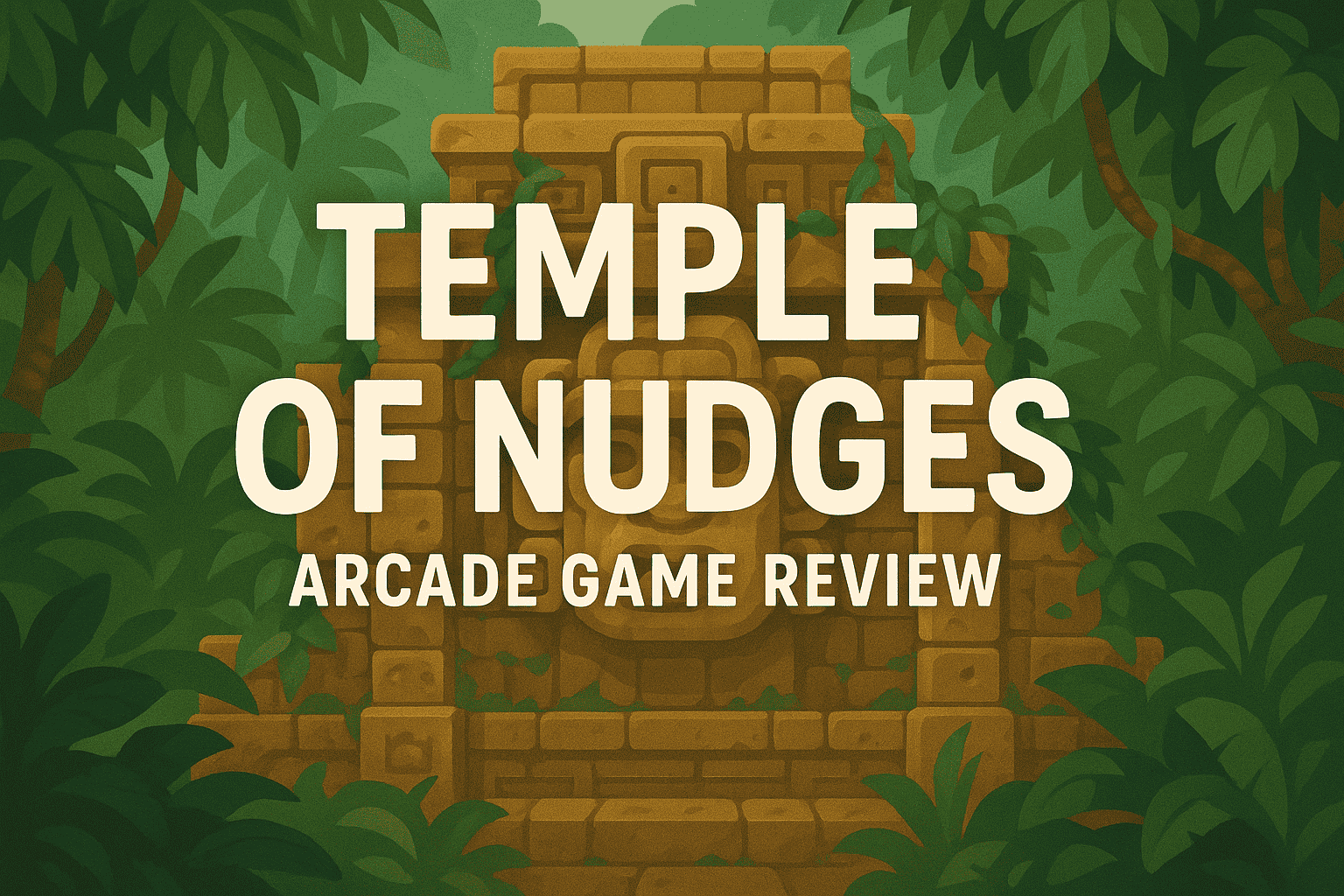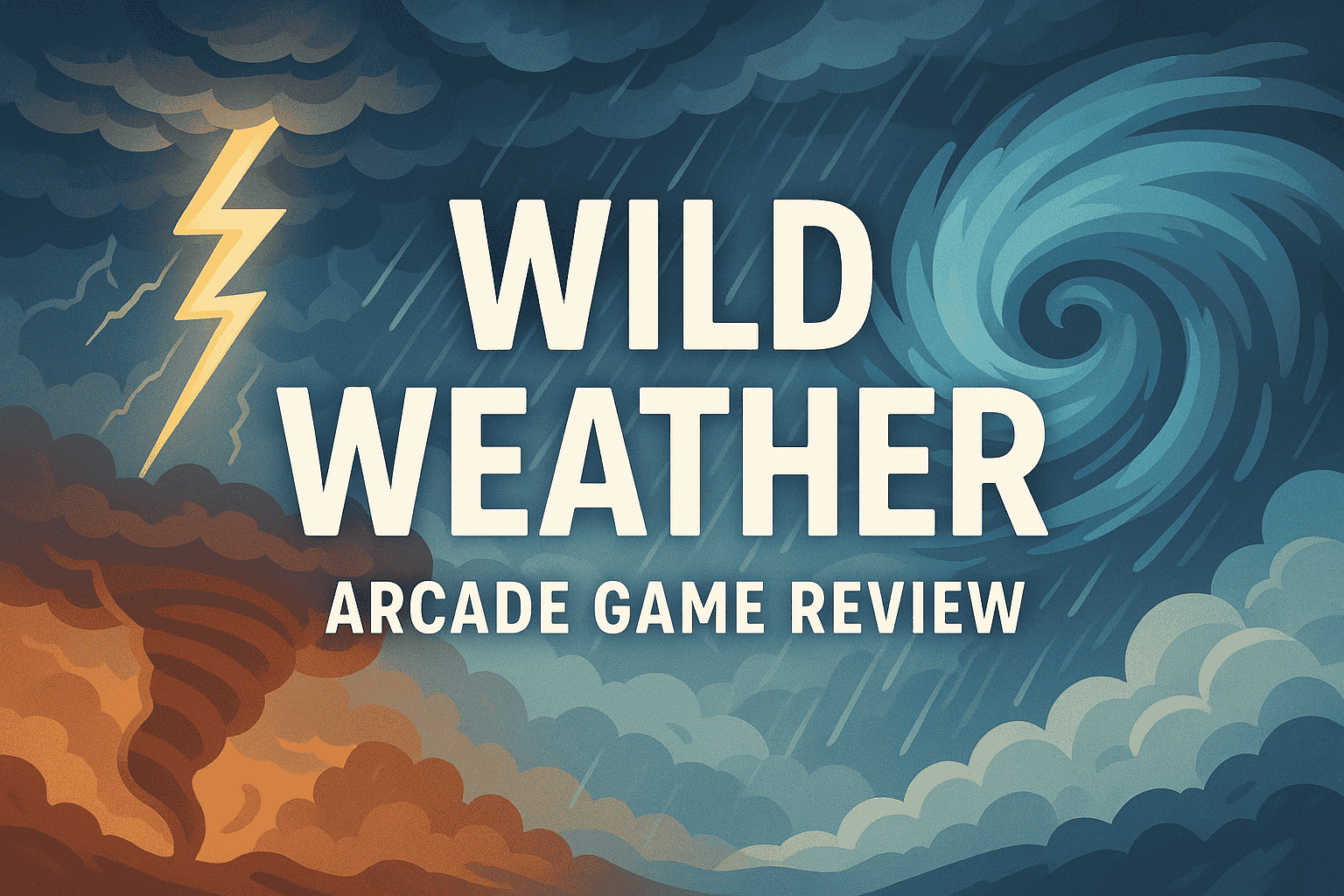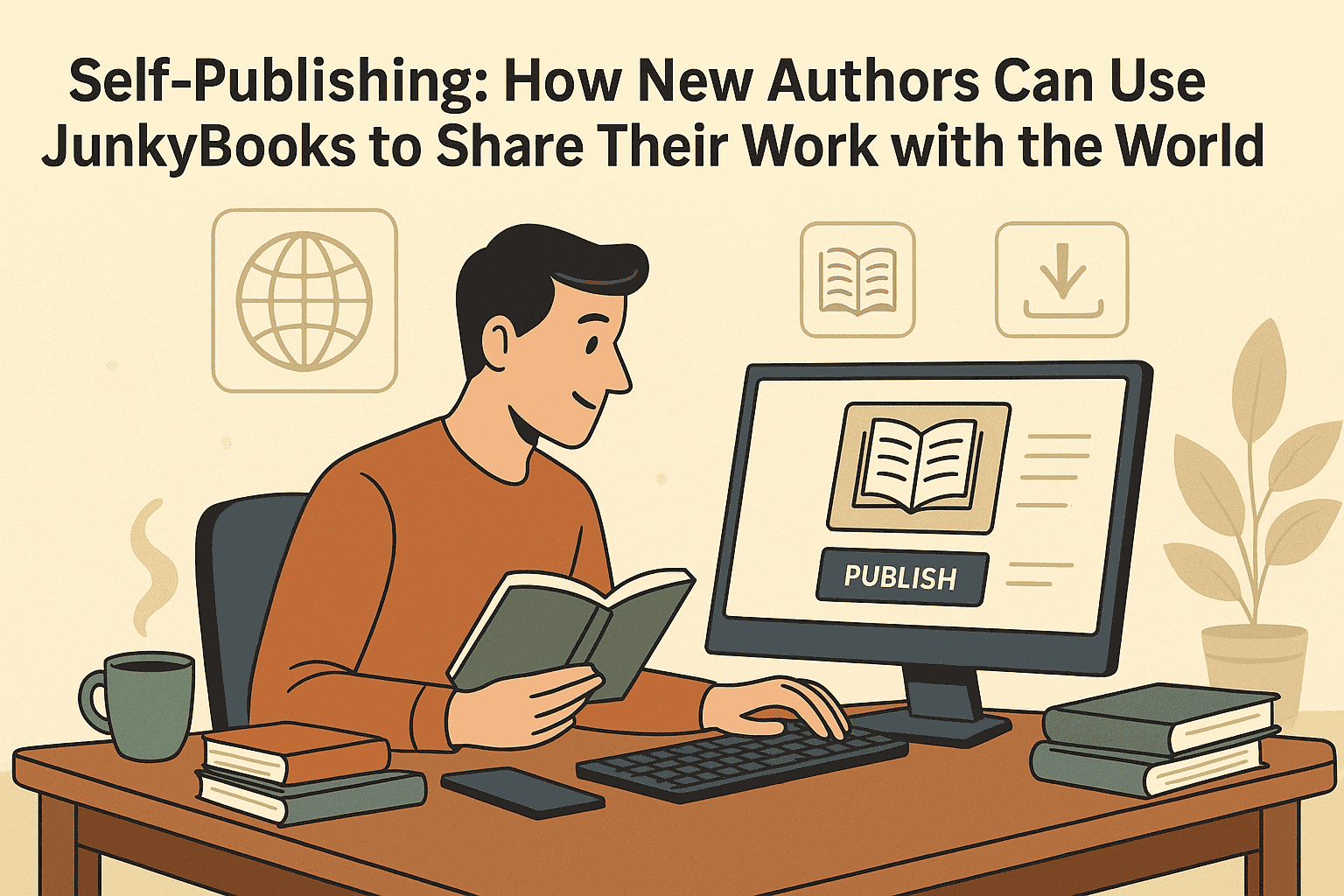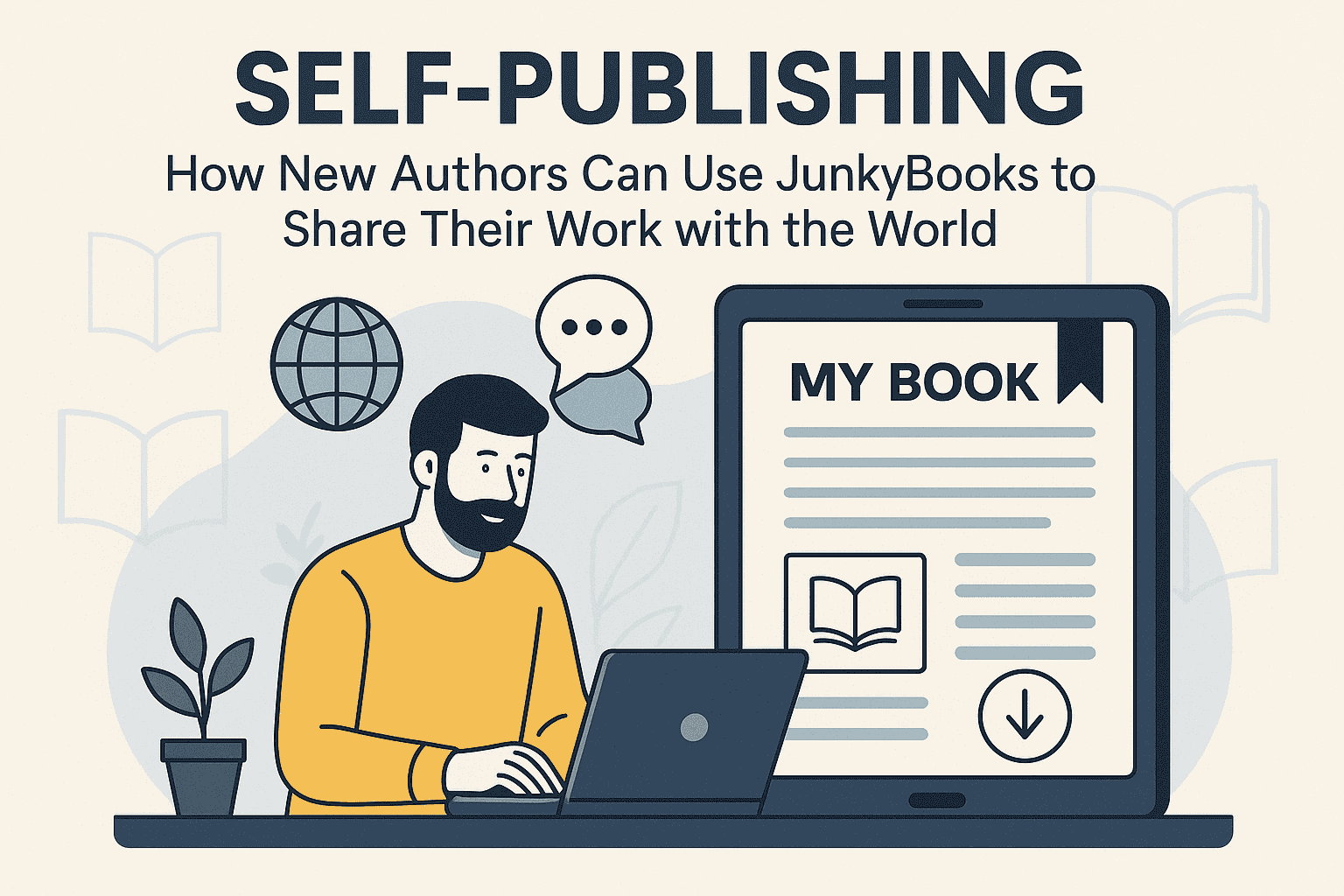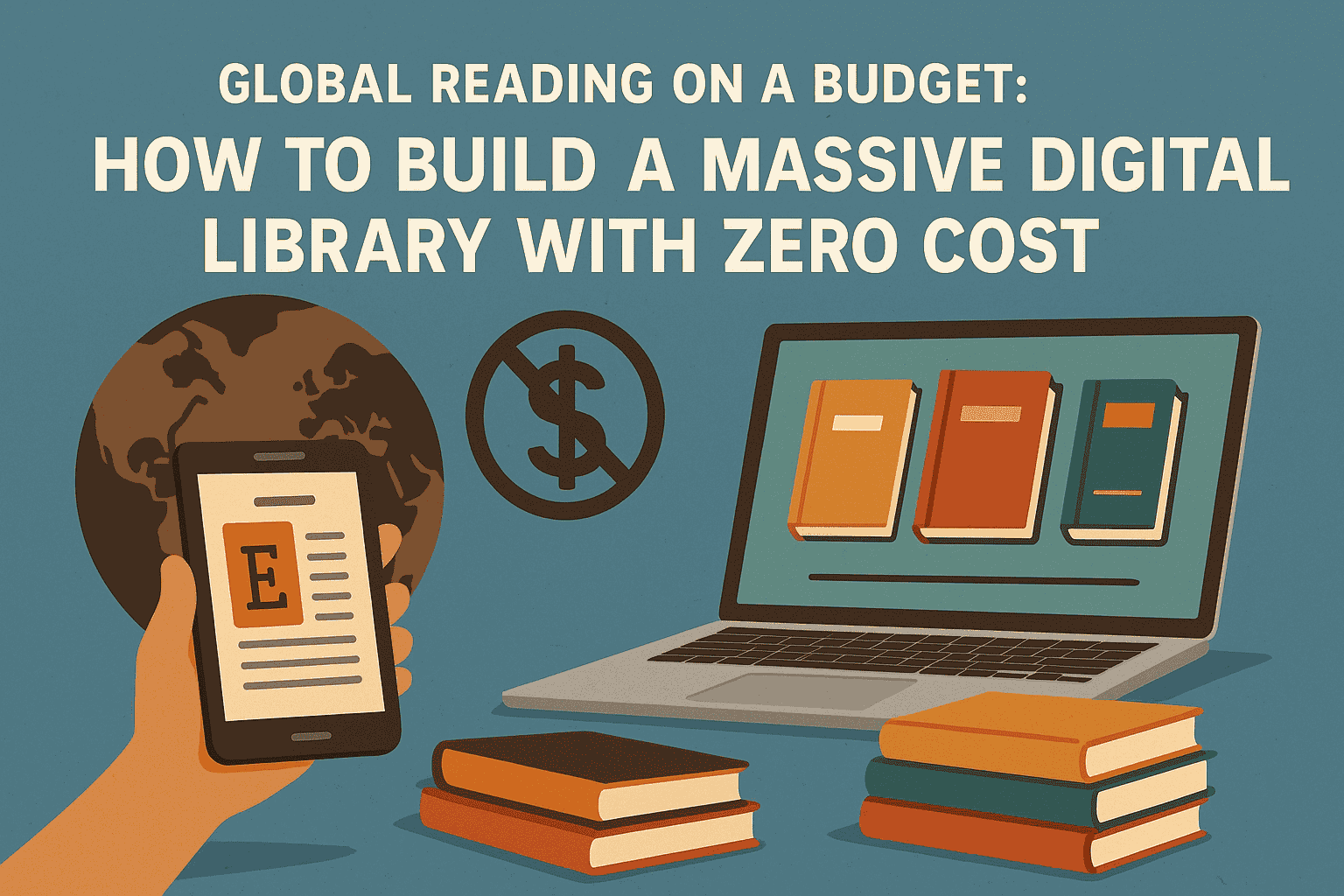5 NON-FICTION BOOKS OF ALL TIME
The best non-fiction books can educate readers on
vital subjects, offer fresh new perspectives, or simply give us a valuable, and
often entertaining, insight into the lives of others. Here is our edit of the
must-read new non-fiction, and the best non-fiction books of all time.
CODE DEPENDENT
LIVING IN THE SHADOW OF
AI
A fascinating, sobering, wide-ranging examination.

SHORTLISTED FOR THE WOMEN'S
PRIZE FOR NON-FICTION 2024
Murgia,
a British-Indian tech writer for the Financial Times, has spent ten years
researching artificial intelligence (AI) (formerly for wired magazine). Her
travels have taken readers to Salta, Argentina, Nairobi, Amsterdam, and the
remote Indian village of Chinchpada. The author defines AI as "a complex
statistical software applied to finding patterns in large sets of real-world
data," of which ChatGPT and other generative AI tools are a
"subset." The author then examines the effects of AI on those who
use, train, and is harmed by it. Low-wage workers who classify and describe
photos that could be used to train self-driving cars, for example, fall into
the first category; healthcare providers in impoverished areas who utilize
AI-powered apps to help with diagnosis fall into the second. The victims of AI
are numerous: Uyghurs living in China's surveillance state; women whose
deepfaked images are widely circulated on pornographic websites; Uber Eats
drivers whose wages are reduced by the algorithm; and content moderators
compelled to spend hours on end interacting with violent, hateful content. With
chapter headings like "Your Livelihood, Your Body, Your Freedom, Your
Safety Net," which highlight how AI affects the person, the survey is
filled with beautifully rendered issues that aid readers in understanding AI
and its impact on a deeply personal level.
In
addition to focusing on the "global precariat," Murgia has
purposefully extended her reach beyond Silicon Valley. This approach is
valuable in and of itself, as it highlights the extent to which the developed
world is deeply connected to the ongoing evils experienced by the poor world.
The author writes with compassion and clarity in equal measure throughout.
Dead Weight
Essays on Hunger and Harm
by Emmeline Clein
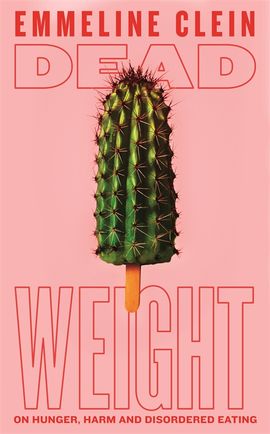
Book Summary
An intimate and societal examination of the deadly culture of
compulsive eating that has resulted from the dark side of Western beauty
standards
In Dead Weight, Emmeline Clein shares the accounts of other
women—historical personalities, pop culture icons, and the females she's known
and loved—along with her own battle with disordered eating. By telling the tale
of her own illness, presenting the unvarnished memories of interview subjects,
and sending readers down social media rabbit holes, Clein breaks stereotypes
and makes statistics and science feel urgently personal. From her early
experiences with representations of the idealized slim to her years of
oscillating between starvation and overindulgence, from the pro-anorexia blog
that unintentionally saved a life to the residential treatment facilities that
exacerbate the illnesses of many others, from a wrenching elegy for those who
didn't survive to a manifesto for sisterhood, solidarity, and recovery, Clein
uncovers girlhood's appetites and injuries to reveal the economic, cultural,
and political history of an epidemic.
According to Dead Weight, there is a pernicious American religion
of femininity that is based on racism and misogyny, and it is a culture of
self-denial, self-harm, and suppression. Clein explores the economic factors
that underlie diet culture and the ways that modern feminism may contribute to the
fetish of self-shrinking by tracing the medical and cultural histories of
anorexia, bulimia, and binge eating disorder as well as the recent emergence of
orthorexia.
Drawing from a wide range of sources, including the writings of
Simone Weil, Chris Kraus, and Anne Boyer, the medieval canon of anorexic
saints, and cult classic movies like Jennifer's Body, the aughts-era
Tumblrverse, and more, Clein advocates for a feminism that doesn't force women
to reduce their bodies in order to increase their value, urging radical
acceptance of all our appetites instead: for food, connection, and love. A
sharp, perceptive, and revelatory polemic about the external forces that shape
our lives, Dead Weight is electrifying, unapologetically bold, and fiercely
compassionate.
HERESY; Jesus Christ and
other sons of God
Catherine Nixey
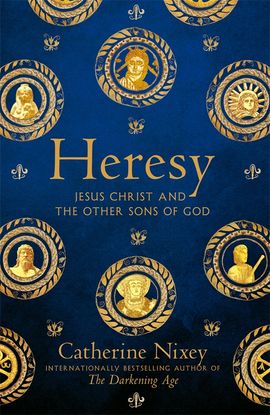
From Herod as the Messiah to a virginity test for
Mary – the Christian story, but not as you know it.
When it comes to nativity tale variations, the one found in James'
Gospel from the second century is quite good. It begins fairly elegantly,
describing how the earth abruptly stops rotating at the moment of Jesus's
birth: birds dangle in the air, a shepherd's arm is paralyzed, and the stars
remain motionless. Shortly after, a woman shows up, doubting Mary's ability to
be a virgin. She pushes her finger up the new mother's vagina, causing her hand
to burn off instantly. "Woe," the woman exclaims. Perhaps because she
believed she had made her point, Mary's response is not documented.
This is only one of
the many different forms of Christianity that flourished in the years that
followed the life and death of Jesus—hundreds, if not thousands. Consider the
Ophites, who thought Christ had come to Earth in the guise of a serpent. Their
method of celebrating mass involved consecrating the loaves by coaxing a snake
to slither over the altar. Another group from the first century AD thought that
their long-awaited Messiah was King Herod, not Jesus. Pontius Pilate, on the
other hand, was viewed in Ethiopia as much more than just a ponderous Roman
middle manager. Even now, he is still regarded as a saint there.
And that's not even
getting to the Apocrypha, those antiquated writings that provide a sort of
gospel-through-a-looking-glass interpretation and teeter on the verge of
validity. You will read here about Mary's ability to breathe fire and how the
young Jesus was revered by dragons. Usually, the tone is really agitated.
Another account describes how Herod's mother unintentionally severed her
daughter's head while worms sprung out of her father's lips. The icing on the
cake is a hint of necrophilia and talking donkeys.
According to
Catherine Nixey in this captivating book, the early Church Fathers moved heaven
and everything to ensure that these egregious versions of the Christian story
were nipped in the bud. They labeled anything they came upon as
"heresy" and threw the book at it, whether it was a text, a behavior,
or a belief that they hadn't approved. The obvious punishments were flogging,
fines, and exile. However, the most effective way to send a message was to row
heretics out to sea, toss them overboard, and weigh them down with a sack of sand
attached to their neck and legs. Ensuring that nobody could be found and used
as a source of devotion was the goal. Only one form of Christianity endured and
prospered as a result of such oppressive policies. That is the Christianity
found in the King James Bible, Bach's Magnificat, Milton's Paradise Lost, and
the Sistine Chapel.
"Heresy would
tilt European history for centuries," according to Nixey. Galileo would be
placed under house arrest and Martin Luther would be excommunicated as a
result. Thomas Cranmer was inspired to write the Book of Common Prayer in 1549
by heresy, or rather, by his fear of it. British bishops tried to pass a vote
of censure in 1947 over the heresy of a fellow bishop who had written a book
rejecting the virgin birth. Even if they were unsuccessful, the fact that they
felt it was worthwhile to attempt speaks something about heresy's enduring
power to unnerve and even shock people. Nixey tells us at the outset of this
enlightening tale that she was raised by a former nun and monk and considered
herself a devout Roman Catholic up until the late 20s. Then, there is nothing
gloomy about her amazing writing, yet you will notice sporadic bursts of rage
as she describes some horrible instance of repression and censorship.
What comes through is
a sort of irritated affection for the customs that she was raised in, as well
as an uncontrollably funny giggle at the notion of a Virgin Mary who shoots
flames out of every opening as though it were a Marvel superpower.
Space Oddities: The Mysterious
Anomalies Challenging Our Understanding of the Universe
HARRY
CLIFF
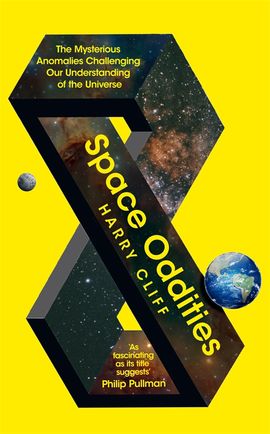
A prominent
experimental physicist and science presenter looks at how new data is
challenging established scientific theories, concepts, and paradigms.
Cliff states,
"Science does not progress in a straight line, running from ignorance to
understanding." Cliff works as a particle physicist at the Large Hadron
Collider at CERN and Cambridge University. "It's a messy business, with
lots of wrong turns, false starts, and dead ends." The author certainly
possesses the qualifications to explain why physicists are facing a plethora of
new mysteries at the moment. A sense of comfort has grown over several decades,
but in recent years, a number of anomalies have challenged the long-held
beliefs. For instance, why are stars vanishing more quickly than predicted? Why
do neutrinos not behave in the ways predicted by theory?
What are the intense
energy bursts that periodically break through the Antarctic ice? Cliff talks
about his travels throughout the globe, his visits to research centers, and his
interviews with some of the people who are looking for solutions. Theorists who
rely on intricate mathematical models and observers who emphasize links and
experiments are at odds with one another. There is a sense of searching for
fresh perspectives and original ways to define reality on both sides. One issue
with the book is that, even though Cliff tries to describe the concepts in
terms that are understandable to non-specialists, particle physics and
cosmology are very complex fields, and some of the writing is hard to
comprehend.
The content is
challenging for general readers, but it will be fascinating for anyone with a
foundation in advanced physics. Cliff, however, comes out as optimistic,
humorous, and passionate about his subject: "Nature does not readily
reveal her secrets; one must fight for them. However, this meandering path
ultimately does inevitably lead to a greater comprehension.
A reliable analysis
of recently discovered scientific issues.
The Price of Life by Jenny Kleeman review – what’s it worth?
A riveting
examination of the value we place on human life – from healthcare to hitmen
Governor Andrew Cuomo
of New York faced pressure to ease Covid limits at the beginning of May 2020.
In a televised speech, he stated, "The quicker we reopen, the lower the
economic cost, but the higher the human cost because the more lives lost."
The topic of the value of a human life resurfaces. Nobody is openly or freely
admitting the genuine conversation, but we should.
The focus of this
captivating work is that forbidden question. Although we may be reluctant to
talk about it, the cost of a human life is always being determined behind
closed doors. So who is making these decisions, why are they being made, and by
what standards? And what do the numbers show about who – or what – we value?
Journalist and
broadcaster Jenny Kleeman met scientists and entrepreneurs at the forefront of
technological innovation for her first book, Sex Robots & Vegan Meat. Once
more, she interviews people who control the algorithmic scales and others whose
lives are at risk in an effort to find human stories that translate the
impersonal into something understandable.
The price on someone's
head is where we start. A former hitman and Kleeman have supper together.
Although he is hesitant to discuss figures, she finds out that the typical
bounty in the UK is roughly £15,000. She learns about the horrific experiences
of Vietnamese women who were brought into Britain as domestic slaves. She pays
a visit to the family of retired Tunbridge Wells couple Rachel and Paul
Chandler, who were abducted by Somali pirates while sailing in 2009. The
British government won’t pay ransoms, so the couple’s family had to negotiate
it themselves. The average global demand in 2021 was $368,901.
Kleeman takes a tour
of the Lockheed Martin facility in Fort Worth, Texas, which produces the
world's priciest weaponry, the F-35 fighter plane. Kleeman divides the cost of
a plane, which is roughly $110 million, by the approximate number of lives it
has claimed in order to calculate the cost of those lives. She acknowledges
that the answer is, to put it mildly, ambiguous, but it still begs the question
of why there is a killing machine this expensive.
Although payouts from
life insurance only depend on premiums paid, you would expect it to offer a
more accurate gauge. Actuaries evaluate your propensity for longevity, not your
net worth. The families of murder victims will get £11,000 from the Criminal
Injuries Compensation Authority. More is compensated for a severe injury that
includes lifelong care.
The families of those
who were stabbed to death in the 2017 terrorist assault on the London Bridge
were entitled to statutory compensation, but the victims of the van the
perpetrators were driving were given millions of dollars by the rental business
Hertz. Payouts from commercial insurance differ greatly from one another; they
are meant to cover the financial and psychological burden on surviving family
members rather than the loss of a life.
Kleeman demonstrates
how social standing, place of residence, market dynamics, and random chance all
affect prices. While certain variances highlight injustice, others have less
significance and are more difficult to compare. The £200 to hire a killer or
the $500 to purchase an Afghani child bride are, as Kleeman admits, actually
indicators of desperation. When we get at the more abstract top-down allocation
of resources, the necessary weighing of one life against another, that this
book provides the most satisfying answers to the philosophical questions posed
with such thoughtful clarity at the start.
Effective altruism
proponents think that rather putting a leaflet via the letterbox with a picture
of an injured dog, charitable donations should be decided by a cool-headed
estimate of the benefits. When it comes to altruism, those who are effective
will put helping a stranger on the other side of the globe ahead of assisting a
homeless person on your street if doing so will provide greater results. If the
life is in Africa, they will teach you how to save it for as little as $4,500,
since those are the least expensive. One supporter obsesses with the ideal age
to preserve a person's life. "I believe the passing of an eight-year-old
represents my peak value," he states
The National
Institute for Health and Care Excellence (Nice) in England and Wales must be
equally objective, but in the service of a cash-strapped NHS rather than
billionaires’ consciences. Its fascinating, largely private deliberations use a
metric known as a Qaly, or quality-adjusted life year, which is worth
£20,000–30,000 and represents one year of good health. If a drug costs that
much or less for each additional year of good health it provides for a patient,
Nice will approve it.
Kleeman meets the
mother of a child who was barely old enough to receive the priciest medication
in the world due to a unique hereditary illness. Through the media, she made an
appeal to Nice, and it gave in and revealed its human side. The organization
must balance the conflicting interests of the individual and the group; in the
words of the mother, "I understand that money isn't an endless source, but
when it's your child...." Market capitalism greatly exacerbates this
dilemma. "There will be a price on life as long as pharmaceutical
companies are run for profit," says Kleeman.
Her work, which makes
one think of Shylock's pound of flesh and his muffling of ducats and daughters,
is a mind-bending investigation of intrinsic and fungible value. You bemoan
first the imposition of inflexible measures on vulnerable humans, and then you
recall that the value of money is inherently pliable. Kleeman has chosen an
insightful lens to examine the advantages and disadvantages of cost-benefit
analysis as well as the quantification of everything in a data-driven culture.
Interestingly, Nice's Qaly figure—which is a relative measure and an arbitrary
tool for comparison—was essentially generated out of thin air. Kleeman notes
that "when people treat tokens as if they truly represent the real price
of a human life, then danger arises."
Cuomo botched the
cost-benefit analysis he had suggested for lockdowns. He said, "To me, I
say, the cost of a human life... is priceless, period." In a similar vein,
former chancellor Rishi Sunak pledged to "do whatever it takes."
However, "whatever it takes" comes with a cost. After dividing the
lockdown's cost by the amount of life years saved, you get with £300,000, which
is ten times the Qaly threshold. Kleeman notes that more people could die now
or in the future if you callously disregard these figures as icy calculations.
A price on life may be an exploitation tactic, but it can also be a reasonable
measure of justice.

